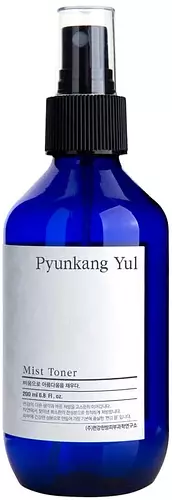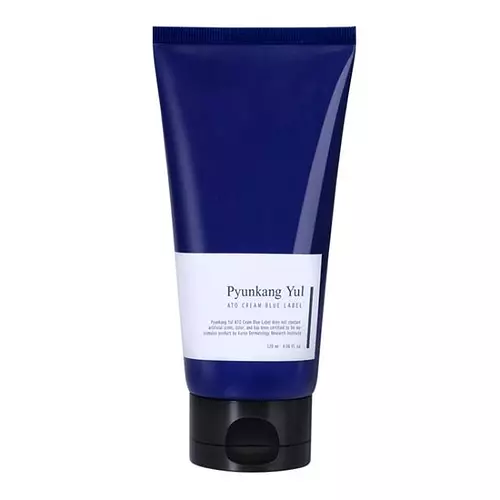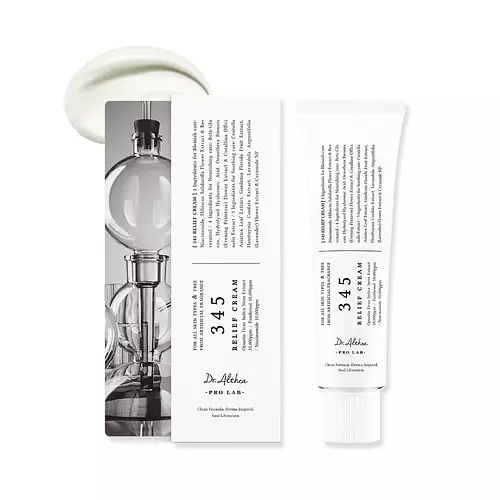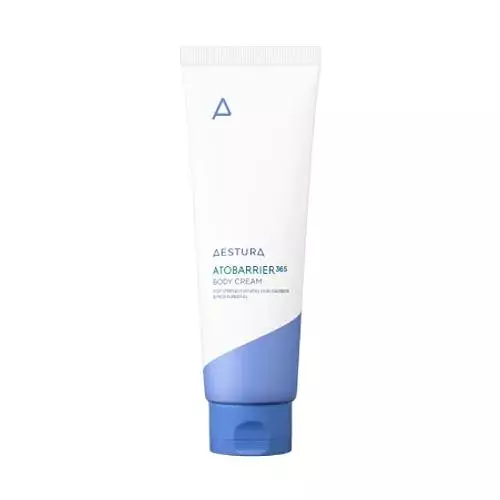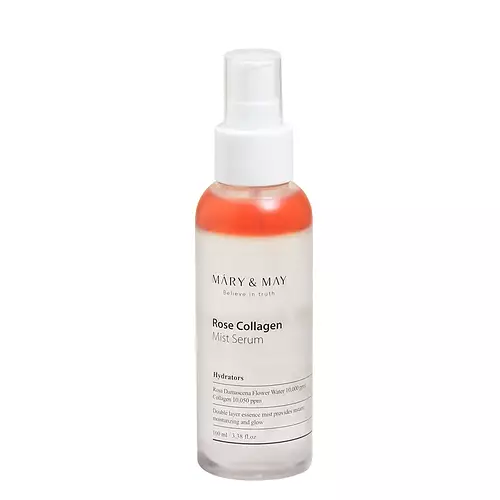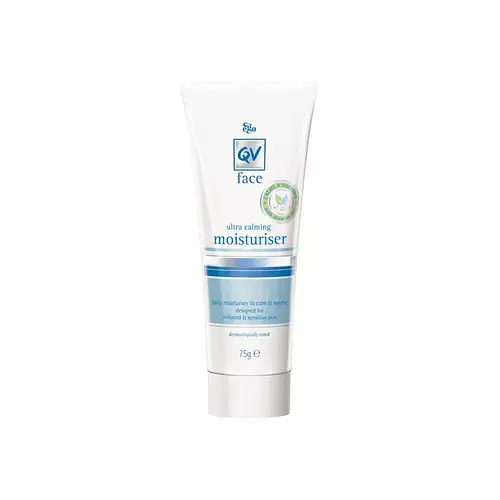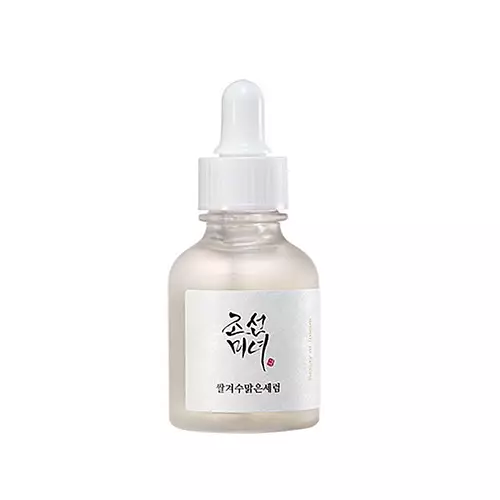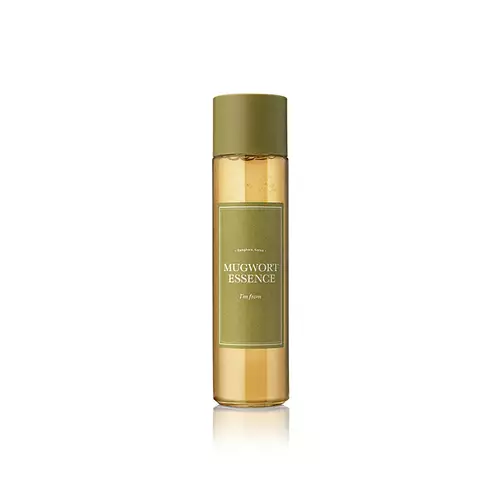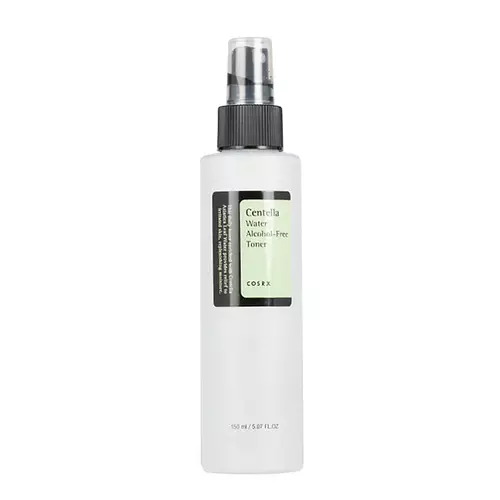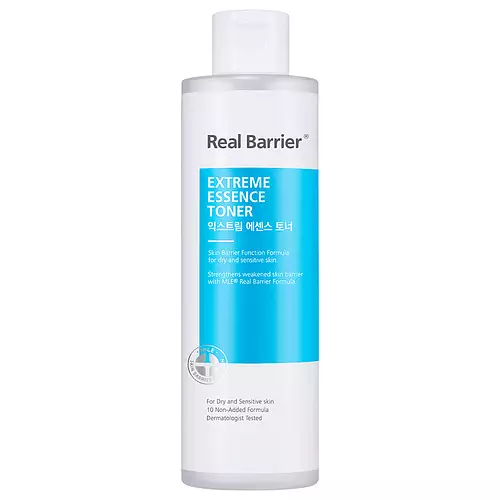Pyunkang Yul Mist Toner Versus Pyunkang Yul ATO Cream Blue Label
Overview
What they are
These products are both cruelty-free and reef safe . They have a total of 2 ingredients in common
Suited For
They're both likely to be good for dry skin and brightening skin
Free From
They both do not contain any harsh alcohols, common allergens, fragrances, parabens or sulfates
We independently verify ingredients, and our claims are backed by peer-reviewed research. Spot a product that needs an update? Let us know.
Ingredient Info
Pyunkang Yul Mist Toner 5 ingredients
Pyunkang Yul ATO Cream Blue Label 31 ingredients
At a glance
Click on any of the items below to learn more
Pyunkang Yul Mist Toner 5 ingredients
Pyunkang Yul ATO Cream Blue Label 31 ingredients
Benefits
This product contains 1 ingredient that may have this attribute:
This product contains 1 ingredient that may have this attribute:
Benefits
This product contains 3 ingredients that may have this attribute:
This product contains 1 ingredient that may have this attribute:
This product contains 1 ingredient that may have this attribute:
This product contains 2 ingredients that may have this attribute:
This product contains 1 ingredient that may have this attribute:
Concerns
This product contains 3 ingredients that may have this attribute:
This product contains 1 ingredient that may have this attribute:
Ingredients Side-by-side
Ingredients Explained
These ingredients are found in both products.
Ingredients higher up in an ingredient list are typically present in a larger amount.
Butylene Glycol (or BG) is used within cosmetic products for a few different reasons:
- It is a solvent, meaning that it helps to dissolve other ingredients. This also enhances the absorption of the product into one's skin.
- It is a humectant, which means that it helps attract moisture into the skin.
- It helps improve product application.
Overall, Butylene Glycol is a safe and well-rounded ingredient. It is unlikely to irritate skin, and works well with pretty much all other ingredients.
Glycerin is already naturally found in your skin. It helps moisturize and protect your skin.
A study from 2016 found glycerin to be more effective as a humectant than AHAs and hyaluronic acid.
As a humectant, it helps the skin stay hydrated by pulling moisture to your skin. The low molecular weight of glycerin allows it to pull moisture into the deeper layers of your skin.
Hydrated skin improves your skin barrier; Your skin barrier helps protect against irritants and bacteria.
Glycerin has also been found to have antimicrobial and antiviral properties. Due to these properties, glycerin is often used in wound and burn treatments.
In cosmetics, glycerin is usually derived from plants such as soybean or palm. However, it can also be sourced from animals, such as tallow or animal fat.
This ingredient is organic, colorless, odorless, and non-toxic.
Glycerin is the name for this ingredient in American English. British English uses Glycerol/Glycerine.
Learn more about GlycerinIngredient Ratings
Here's what our community thinks of the ingredients in these products.
When to use
Pyunkang Yul Mist Toner 5 ingredients
Pyunkang Yul ATO Cream Blue Label 31 ingredients


Reviews
Here's what our community thinks
Pyunkang Yul Mist Toner 5 ingredients
dinogirl01
It’s such a simple toner which is perfect for my skin. It’s nothing extraordinary but it does the job after I cleanse to get my face feeling fresh....
It’s such a simple toner which is perfect for my skin. It’s nothing extraordinary but it does the job after I cleanse to get my face feeling fresh. Unlike so many products I don’t break out after using, I’m finally finding a routine that doesn’t cause me to breakout.
Pyunkang Yul ATO Cream Blue Label 31 ingredients
Milla
Does nothing
Does nothing
It does nothing to my skin, no absorbtion at all, it just stays on the face and leaves me oily, no hydration or...
Does nothing
Does nothing
It does nothing to my skin, no absorbtion at all, it just stays on the face and leaves me oily, no hydration or something, feels like a film. I thought at least I could fix my winter woundend hands, but nope - still nothing.
